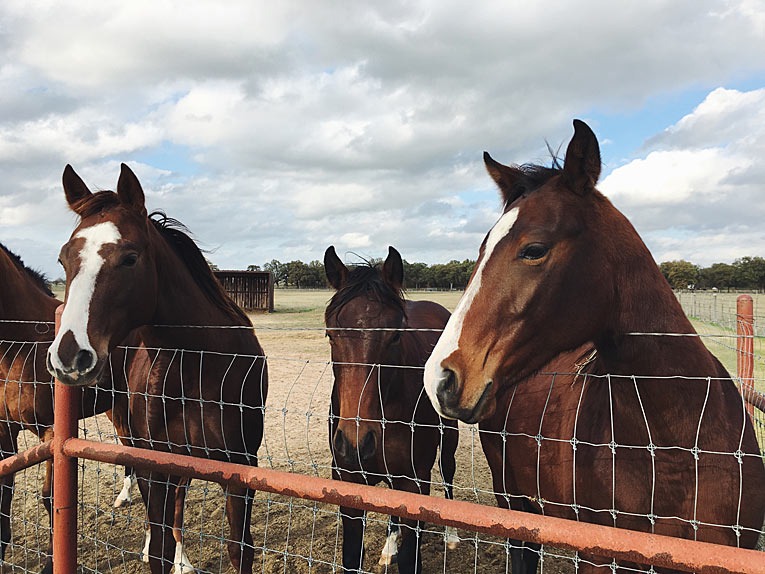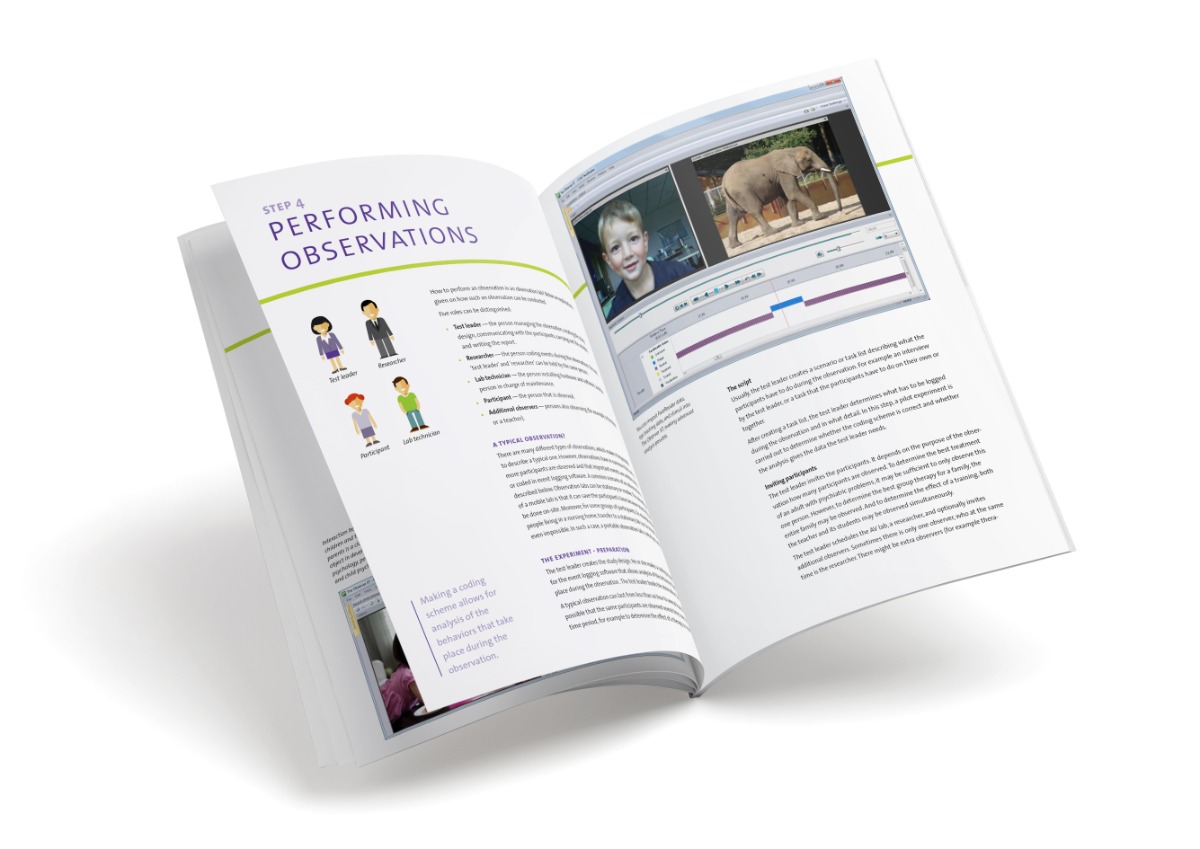
Brain & behavior: data integration in horse studies
Electroencephalography (EEG)
EEG is an ideal diagnostic tool for assessing brain wave activity. The data can assess brain dysfunction, or investigate the different stages of sleep. In humans, gathering EEG data is simply a matter of placing the electrodes on the scalp; the hardest part is getting the subject to sit still, as the quality of the recordings depends on minimal movement or muscle activity.
EEG in animals
EEG recordings are also valuable in animal models, to study brain diseases, brain damage, sleep, the impact of anesthesia, epilepsy, to name a few. But, as you can imagine, it is difficult to gather reliable recordings.
To do so, often the animal needs to be shaved and fixated (sedated), and in some instances it even requires surgery and implants. This is not practical for many reasons, especially for clinical studies using large animals, like horses.

EEG in horses
Hugo Cousillas and his colleagues from the University of Rennes (Brittany, France) wanted to more easily obtain reliable EEG data from horses in a way that is more suitable for veterinary purposes and welfare research. In other words, avoiding fixation of the horse and heavy headgears.
They set out to create a system that could be used on a freely moving horse in its home environment (stable). The goal was to create a system that would be easy to apply, adjustable to the individual horse, and put no more restraint on the horse than a normal halter would.
Horse headset
So they developed a headset – or, as described by the researchers, “a necklace made of large rubber bands” - that allowed for good and stable contact of the electrodes with the horse’s head.
With this headset, recordings were obtained from both hemispheres (two electrodes on each side) to obtain data on the differential activity between the occipital and frontal parts of the brain.
Pilot testing
The first tests with this headset were recently reported in Frontiers in Veterinary Science. Five sport horses wore the headsets for two daily sessions of 15 minutes, while standing and resting in their stables.
The authors were able to capture alpha, beta, and gamma waves, and the data seems consistent with previous studies. Quite impressive if you ask me, because the horse’s head contains a lot of muscles that could easily interfere with the signals.
Data integration
Complex data, such as EEG recordings, needs context in order to make full sense of it. In this case, that context is the horse’s behavior. To monitor the behavior of the horses, the researchers used Media Recorder to record and synchronize several videos at once, and then brought those videos into The Observer XT to score behaviors of interest, and synchronize the behavioral data with the EEG data.
Data analyses
Having synchronized data is advantageous in that you can select periods of one data stream, based on what happened in the other data stream. In this case, EEG data was analyzed while the horses were standing relaxed.
During these periods, none of the horses exhibited a difference between EEG data across hemispheres, and there was also no difference between the two days of data collection. This supports the notion that the electrodes were precisely placed both times.

Unobtrusive
Also, the researchers note that with this EEG headset, all horses showed alpha waves, whereas in other studies horses sometimes failed to present these. In this study, the horses seemed relaxed and not bothered by the headset; apprehensive horses are likely to have increased cortical arousal, resulting in a decrease in alpha frequencies, as the researchers explain.
Good start
These researchers are certainly off to a good start in getting better EEG data in freely moving horses. In these first try-outs of this headset, the headset seems unobtrusive to the horses, it works great in a data integration setting, and seems a valuable tool for future studies. I’m curious to see how the headset works in larger sample groups, and in long-term studies, and if this would work as a veterinary application!
References
Cousillas, H.; Oger, M.; Rochais, C.; Pettoello, C.; Ménoret, M.; Henry, S.; Hausberger, M. (2017). An ambulatory electroencephalography system for freely moving horses: an innovating approach. Frontiers in Veterinary Science, 4, 57.
Get the latest blog posts delivered to your inbox - every 15th of the month
more

Making the impossible possible – Tracking under water in the dark
European eels (Anguilla anguilla) have a life cycle in which both larvae and adults travel incredible distances. The eggs hatch in the Sargasso Sea near North America and the larvae swim all the way to Europe.
Tracking tadpoles – why video tracking is important in ecotoxicology
The study of behavior has proven itself to be useful in the context of ecotoxicology; the assessment of the impact of pesticides on ecology systems. It is a valuable tool in the risk assessment.

